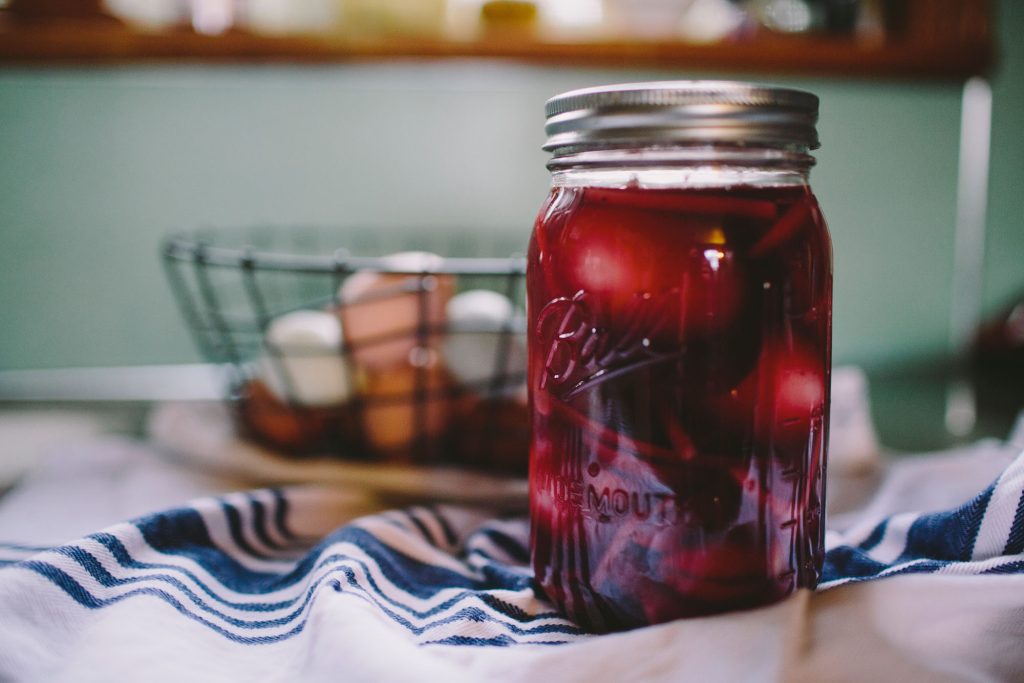Got some questions about making your own fermented bevvies at home? Dr. Sarah Lantz answers some of your most frequently asked questions below:
How do I flavour my kombucha and get that second fermentation fizz?
If you’ve already mastered the art of making kombucha in a glass / ceramic /oak vessel, you might be wondering why your kombucha doesn’t taste fizzy and sparkling. That’s because you need to do a secondary ferment in a sealed bottle to make it effervescent. The basic idea with secondary fermentation is to draw off the kombucha that has been brewing with your SCOBY (but leave 10% for your next brew). Instead of drinking it right away, pour it into a bottle with a tight cap. This is also a great time to add flavours to your kombucha. Freshly juiced fruits, roots and vegetables are an especially good choice. This is also where you will want to experiment to see what tastes good to you. Add the juices then leave some air space at the top of the bottle, but not too much. Once bottled, allow the kombucha to remain out at room temperature for 24 to 72 hours or longer, depending on your kombucha and your ambient temperature. When the fizziness and taste are to your liking, simply refrigerate your brew. Be aware that refrigeration will slow fermentation, but it will still slowly occur, so if you drink your kombucha over months instead of days or weeks, be sure to release the pressure and excess carbonation every few weeks, and realize that it will continue to consume residual sugar and grow more tart, even vinegary, over time.
What are the floaty bits inside my brew?
Hooray for floaty bits! The floaty bits are the SCOBY cultures and are ridiculously good for you (much like yoghurt, kefir, ginger-beer, and sour dough cultures).
Is my SCOBY normal?
Your SCOBY usually grows in an uneven way. A clear translucent film will take place and eventually create a uniform appearance. Brown and tan bits may (or may not) form. This brown ‘squidies’ are spent yeast cells. It’s healthy stuff but you can strain your brew before drinking if you like. It’s also good to add to your next brew – but don’t show to your friends!
What are good flavours for kombucha?
Flavours of kombucha are literally endless. These are some of the range of kombucha’s I have fermented over the years and all have had their own unique characteristic:
Ginger and Turmeric; Hibiscus and Galangal Root; Tamarind and cider spices; Date and Vanilla Bean (natures creaming soda); Mint and Kale; Lemon and Ginger; Strawberry/Raspberry/Blueberry (or any combo of berry); Turnip and mint (yes, it was amazing); Pineapple; Chai Spice Blend; Chilli and Ginger; Lilli Pilli and Lime; Hops Flower; Blueberries and cinnamon; Strawberries and basil; Cherry (the kids said it tasted a little like cough-syrup, but I liked it); Pear and almond extract; Pineapple juice and coconut water; Lavender and chamomile; Lemon balm and rose hips.
View Dr. Sarah Lantz’s super easy recipe for a kickass kombucha here.
Article by:
Dr Sarah Lantz (PhD)
Buchi Brew Co. & Sacred Women’s Way


